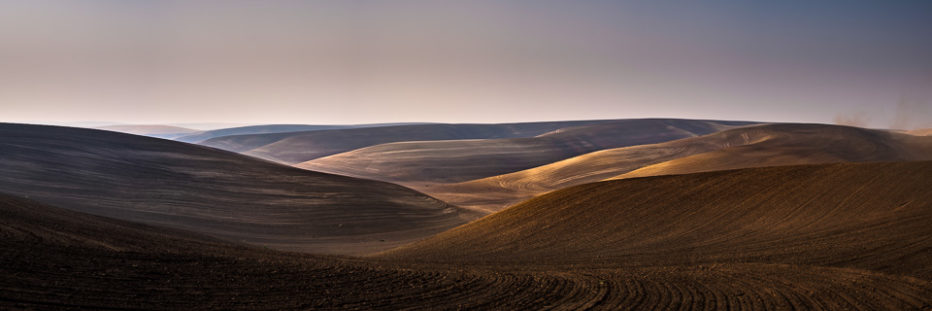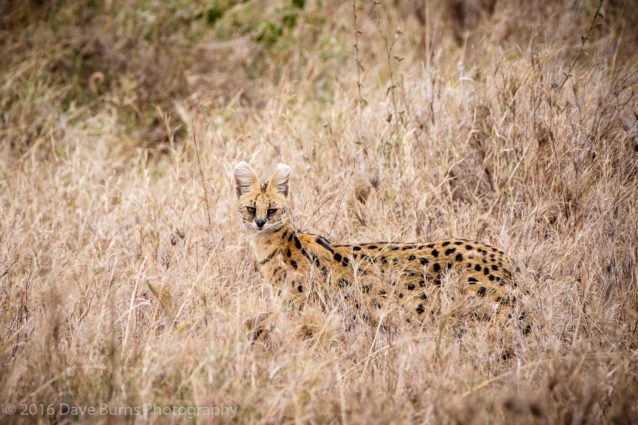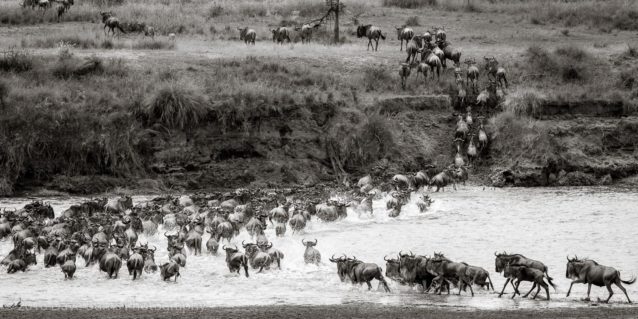
In August, I took a workshop instead of giving one and went to the Palouse, a mostly agricultural region in Washington State (and little bit of Idaho) that has become popular among landscape photographers. I joined Kevin Raber from the Luminous Landscape for a week of photography there. We had a great time, a great group, and we spent loads of time shooting, talking about photography, exploring, probably eating too much food, and making new friends.
There’s a town named Palouse but the Palouse region contains many small towns, rolling hills of wheat and beans to the horizon, and all the trappings of farming areas such as harvesters working the fields, barns with rusty, abandoned trucks in them, etc. Sometimes we photographed sweeping landscapes and other times we got in close for abstracts of rusty, colorful cars.
More ›





